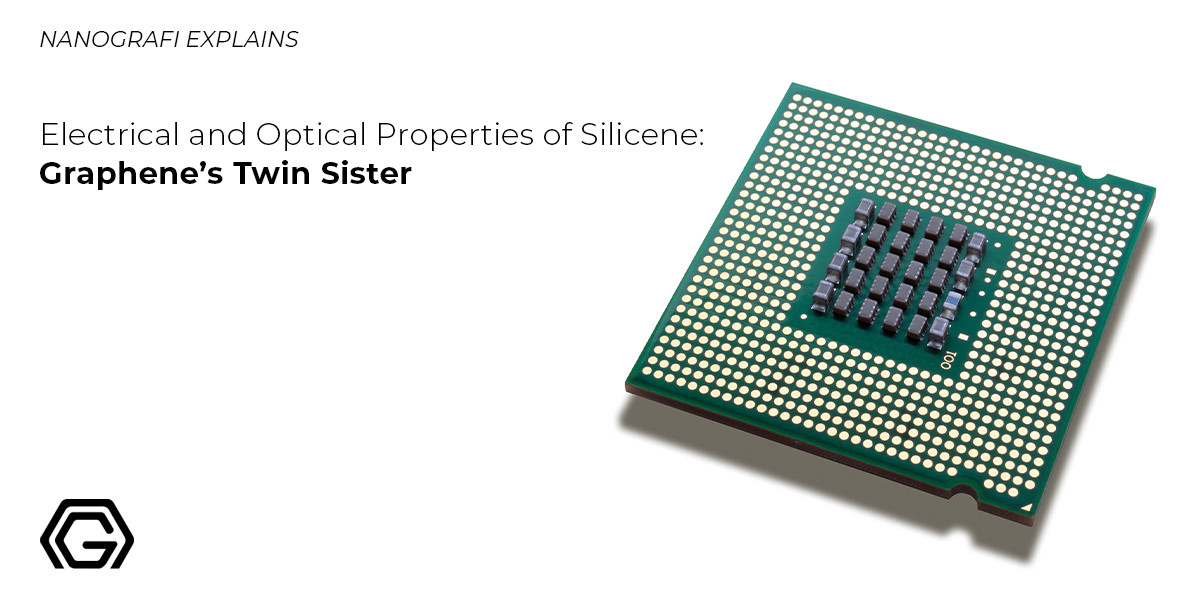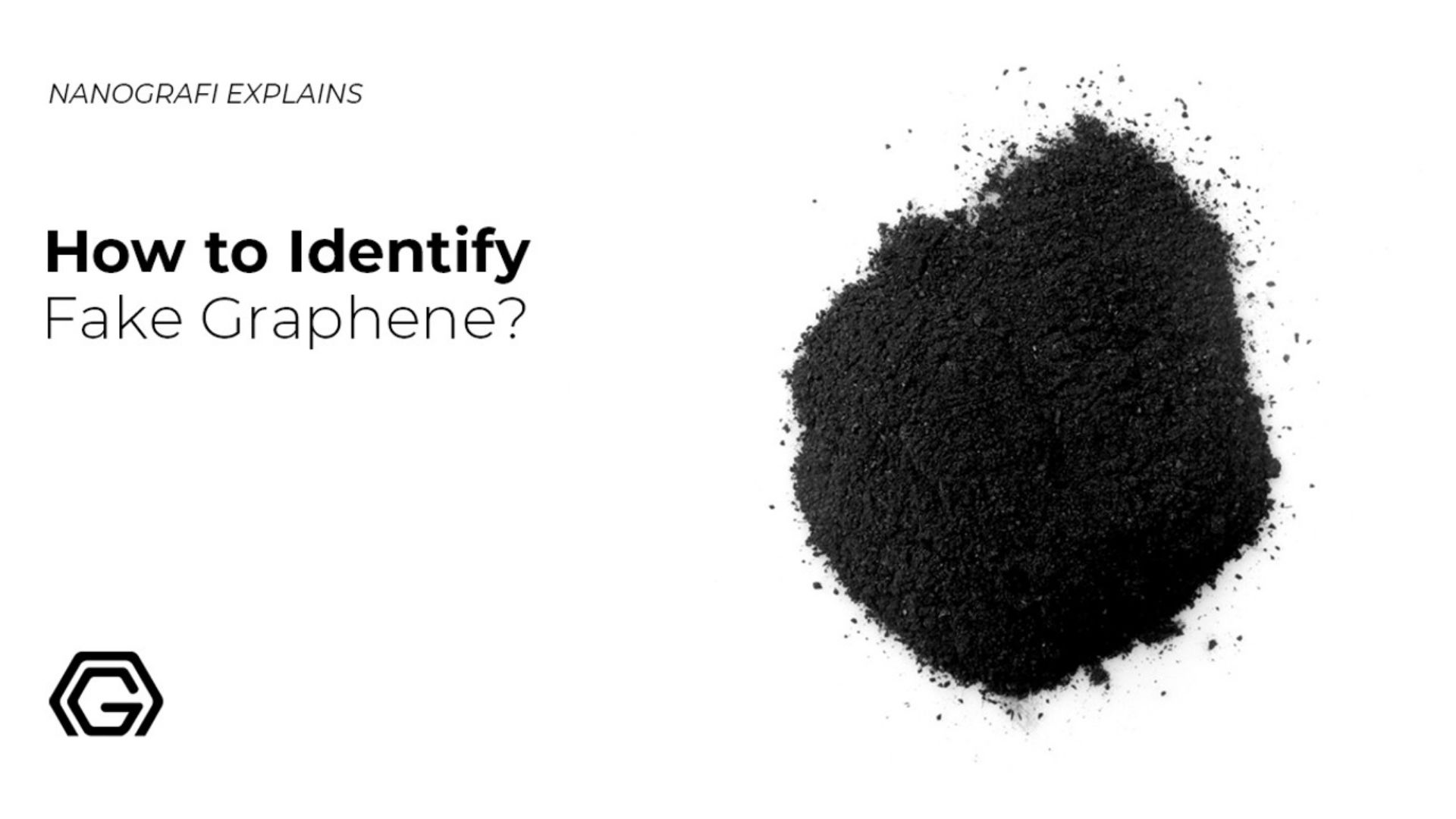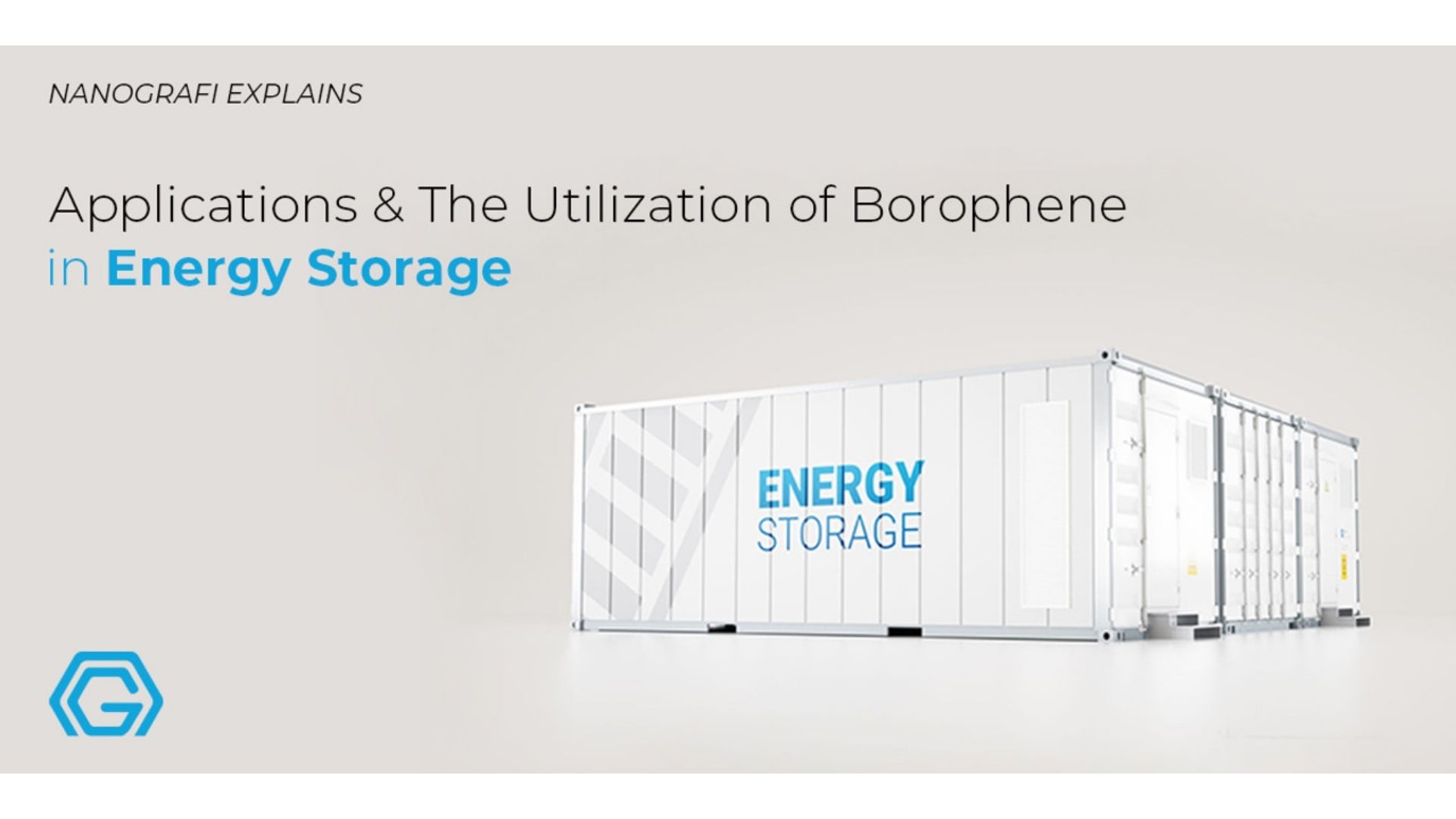Electrical and Optical Properties of Silicene: Graphene’s Twin Sister
In this article, the physical, optical, thermal, and electronic characteristics of silicene are discussed in detail.
Silicene is silicon’s single atomic layer just like graphene is of carbon. Silicene and graphene, both are of interest to the users because of the same quality and that is their possession of a Dirac cone and being 2-Dimensional. Silicene is extremely thermally stable too, as it is stable up to 1500 K, all because of its low phonon conductance.
Introduction
Its possible application in electronics and the field-effect transistor can be its advantage whereas silicene’s natural compatibility with the current Si technology might make fabrication much more of commercial reality. However, all of the results are still theoretical in nature.
An Overview of Silicene
Silicene is silicon’s (Si) single atomic layer. It is like graphene in many aspects. There were reports of the fabrication of the silicene nanoribbons by Kara et al. on a silver substrate. In 2012, there has been a growth of the silicene sheets, particularly on Ag (111), this achievement was done by silicon wafer's evaporation under ultra-high vacuum conditions and slow deposition at 220–260 °C onto a substrate. There is the same level of interest of the researchers for both graphene and silicene, possessing a Dirac cone and being 2D (2-dimensional). Its potential of being used in electronics is one of its benefits whereas fabrication is much more of a commercial reality because of its natural compatibility with the current Si technology. In 2015, there was finally a demonstration of a field-effect transistor made of silicene.
A huge amount of attention is being gained by the 2-dimensional materials in the nanotechnology space. After hexagonal boron nitride (known as white graphene), the most broadly known is graphene. Although, there are various 2-dimensional materials present out there. There has been broad documentation of the Polyatomic 2D materials like transition metal dichalcogenides (TMDCs), but more and more interest is being gained by the monoatomic 2D materials. Silicene is one such material and its interesting properties are explained in detail in this article.
The physical characteristics of the free-standing silicene are also discussed in this article. All are theoretical results in nature whereas most characteristics are not considerably different for the silicene on a substrate. Therefore, there is a huge importance of the results on the free-standing silicene for the studies on silicene on the substrates.
Silicene
Silicene is silicon’s 2-dimensional allotrope, just like graphene is carbon’s allotrope. Silicene is monoatomic, as it is made up of silicon atoms only. Although, silicene is not strictly planar, unlike some 2-dimensional materials and graphene. It possesses a buckled honeycomb surface instead. Silicene is not broadly studied or produced like the other 2-dimensional materials and it is more difficult for being created as compared to graphene. This is as its 3-dimensional form is a diamond-like lattice, so right now the production of silicene can only be through epitaxial growth, and not exfoliation. Although, it possesses various beneficial characteristics.
There are powerful interactions between the layers in the multi-layered silicene, they are way more strong as compared to the individual layers in the multi-layered graphene. Like pure silicene, there are also silicene’s oxygenated forms, named 2-dimensional silica, and there is also the existence of silicene nanoribbons. But unlike graphene, it doesn't rely on the pi-stacking mechanisms as it doesn't have a high dependence on the pi-electrons and it is because of the filled electronic states that lie close to the vacant electronic states, giving rise to the pseudo-Jahn-teller distortions in the 2-dimensional lattice.
Silicene is silicon’s thinnest possible form present. Silicene has promising applications in microelectronics because of its manufacturing at a commercial scale. Silicene is graphene’s silicon equivalent. Since 2004, graphene has been a wonder material that has gripped the nanoscience world. Silicene has a hexagonal honeycomb structure like graphene but it is silicon’s two-dimensional allotrope. Silicene has a periodically bulked topology as it is not flat. As compared to that of the multilayered graphene, the coupling between the layers in the Silicene is way more strong, and 2D silica (silicene’s oxidized form) possesses a chemical structure that’s very different from the graphene oxide.
History
Silicon structures, suggestive of silicene in 2010 were firstly observed by researchers however the theorists had some speculations about the free-standing silicene’s existence and possible characteristics. Self-assembled silicene nanoribbons and silicene sheets deposited on Ag (111), Ag (110), and silver crystal with atomic resolution, were studied by them by utilizing a scanning tunneling microscope. Hexagons in a honeycomb structure like graphene can be seen in the images, and they were seen to come from the silver surface that mimics the hexagons.
Such honeycomb structures are formed on silver by the silicon atoms according to the density functional theory (DFT) calculations, and they adopt a slight curvature, making the graphene-like configuration more possible. Although, there have been invalidations of such a model for Si/Ag (110). Upon Si adsorption, a missing-row reconstruction is displayed by the Ag surface, and the observed honeycomb structures are tip artifacts. The discovery of the reconstruction of the dumbbell in silicene in 2013 was the start of this as it also demonstrates the mechanisms of formation of the silicene and layered silicene on Ag. A silicene field-effect transistor was tested in 2015. Opportunities were opened for the 2-dimensional silicon for electronic applications and fundamental science studies after the testing was done.
If you are interested in the properties of graphene,
you can read our blog post here.
Silicene’s Similarities and Differences with Graphene
Carbon and silicon are similar atoms. In the periodic table, silicon and carbon lie in the same group below and above each other, and they both possess an s2 p2 electronic structure. Graphene and silicene’s 2D structures are a lot similar but significant differences are also present there. Hexagonal structures are made by both. A buckled hexagonal shape is formed by silicene however the graphene is flat. The buckled structure of silicene gives silicene a tunable band gap through the application of an external electric field. The hydrogenation reaction of graphene is less exothermic than the hydrogenation reaction of silicene. Silicene doesn't cluster into a graphite-like form as the covalent bonds of silicon don't have pi-stacking as which is another difference. The strong Pseudo Jahn-Teller distortions because of the vibronic coupling between the empty electronic and closely spaced filled states is the reason for the production of a buckled structure in silicene.
Similar electronic structures are possessed by graphene and silicene and both of them possess a Dirac cone and linear electronic dispersion around the Dirac points. A quantum spin Hall effect is possessed by both and they both also possess the properties of massless Dirac fermions that carries a charge. This expectation is only from the free-standing silicene that has not been completely synthesized. There is a belief that the silicene-manufacturing substrate possesses a significant influence on the electronic characteristics of silicene. Over sp2 in silicene, there is a tendency of the silicon atoms to adopt sp3 hybridization unlike the carbon atoms in graphene. All of this makes silicene extremely chemically active on the surface, enabling the electronic states of silicene to be tuned easily through chemical functionalization.
Several prominent benefits are possessed by silicene in comparison to graphene: (1) an easier valley polarization and appropriately for the valleytronics study, and (2) band gap's better tunability, necessary for an effective field-effect transistor (FET) functioning at the room temperature, and (3) a very strong spin-orbit coupling, which can result in a realization of the quantum spin Hall effect in the experimentally accessible temperature.
Silicene’s Properties
Dirac cones are possessed by very few materials and Silicene is one of them, and like many 2-dimensional materials, silicene also has a high electrical conductivity. Moreover, a quantum hall spin effect (QHE) is displayed by silicene and it is thought of having massless Dirac fermions like graphene. All of this means that all the excellent electronic characteristics that graphene has, silicene also possesses, but with the potential of using the QHE at ambient temperatures and a greater spin-orbital coupling. A zero-band gal is possessed by the silicene from the overlapping of the valence and the conduction bands despite its buckled structure. Although, there is also a tunable band gap. In a silicene lattice, the bonds are predominantly sp3 hybridized, making a surface that's more chemically active.
A broad amount of atoms can dope silicene for giving tunable electronic characteristics because it is tunable, enabling silicene to tune into a semiconducting material and semi-metallic material too. Doping also affects magnetic characteristics. An internal magnetism is harbored by silicene. There is a movement of the electrons from the conductance to the valence band under a magnetic field. A quantized Hall conductance is displayed by it when there is no magnetic field. Silicene’s magnetic characteristics can be broadly affected by doping, including induction of a local magnetic moment, the transformation of silicene into a ferromagnetic semiconductor, and then the introduction of tunable magnetic ordering from the ferromagnetic to the antiferromagnetic.
Silicene is extremely stable too, specifically thermally, and according to theory, it is stable up to 1500 K. Silicene’s high thermal stability is because of its low phonon conductance. This is graphene’s opposite, displaying a high thermal conductivity. Silicene is a thermally insulating material instead. Silicene is provided with versatile thermal and electronic characteristics because of its electronic band gap’s tunability, making it an extremely desirable material for miniature electronic applications and the field-effect transistor (FET). Other than the electronic aspect, silicene is not reactive toward oxygen, which suggests that silicene is stable enough for being utilized in the electronic applications that are mentioned above.
The development of the new spintronic devices can be a result of their interchangeable magnetic ordering properties. The 2-dimensional silicene is not completely planar. In the rings, It features chair-like puckering distortions, resulting in the ordered surface ripples. Silicene’s hydrogenation to the silicanes is exothermic, resulting in the assumption that the conversion process of silicene to hydrogenated silicene (silicane) is a promising candidate for hydrogen storage. In silicene, the interlayer coupling is extremely strong, unlike graphite. PJT (pseudo-Jahn-Teller distortion) caused the silicene’s hexagonal structure to buckle because of the strong vibronic coupling of the occupied molecular orbitals (OMO) and unoccupied molecular orbitals (UMO).
In energy, these orbitals are very close to distorting silicene's high symmetry configurations. One can suppress the PJT distortion by increasing the energy gap between the OMO and UMO to flatten the buckled structure. Adding a lithium-ion can also make it done. The benefit that silicene possesses is that no oxygen reactivity is displayed by its edges. Various groups independently reported ordered phases on the Ag (111) surface in 2012. According to the results of ARPES (angle-resolved photoemission spectroscopy) and scanning tunneling spectroscopy measurements, the electronic characteristics of the silicene and graphene are similar, namely, an electronic dispersion that resembles that of the relativistic Dirac fermions at the Brillouin zone's K points, but later the interpretation was disputed and it was seen to increase because of a substrate band.
The ARPES results were interpreted by using a band unfolding technique, exposing the substrate origin of the observed linear dispersion. There have been reports of the growth of silicene on iridium and ZrB2, besides silver. The p-d hybridization mechanism between Si and Ag is significant for stabilizing the almost flat silicon clusters and the Ag substrate's effectiveness for the growth of silicene is also discussed. A metallic surface state is the result of the hybridization between Ag and Si, which can decay gradually because of the adsorption of oxygen.
If you are interested in the applications of borophene,
you can read our blog post here.
Optical Properties of Silicene
According to the observations from the experiments, silicene's fascinating optical property is that it has a universal low-frequency optical absorbance estimated by a non-interacting Dirac fermion theory in 2D and equal to πα, where the Sommerfeld fine structure constant is α = 1/137.076. DFT has been used for computing optical properties. It is because of the differences in the band structure that the optical characteristics differ at higher energies. There was no effect of the inclusion of the quasiparticle many-body effects on the low-frequency absorbance however due to the increase in the interband energies, it resulted in a blueshift of the peaks at the higher energies. Although, the addition of spin-orbit coupling results in significant changes at a low frequency.
A SO gap is opened first, which results in transparency. Also, near-gap absorbance is improved by a factor of 2. Then, the value of the absorbance decay becomes universal between the higher-energy peaks and the gap. The plasmon's nature is also revealed by the dielectric functions as electron energy loss spectroscopy (EELS) is used to probe them. More than 5 eV and less than 5 eV are the two features in silicene's EELS for the in-plane polarization. The collective π–π* transitions lead to the π plasmon whereas the π–σ* and σ–σ* transitions lead to the π + σ plasmon. As compared to graphene, the energies are lower. The π plasmon in silicene disappears with asymmetric and tensile strains. There have been propositions of the plasmons as the probes of the topological phase transitions. There also have been studies of the effects of temperature on the plasmons.
Interband transitions are only possible in absence of the spin-orbit gap and at T= 0 however, the intraband transitions become possible at finite temperature. At the Dirac point, there is a low density of state which lessens the chances of the low-frequency plasmons. Although, for silicene, the SO gap increases the DOS and, enables the interband plasmons and intraband plasmons at finite temperatures, as well. The plasmon is undamped when the zero of ε1 is in ε2's gap. The intraband transition dominates at a critical temperature, resulting in damped plasmons. There have been studies on the effects of phosphorus (P) aluminum (Al) substitutional doping on the optical properties of silicene. Two new EELS peaks rise for P doping for perpendicular polarization, and they were because of the buckling in silicene.
There was another study of the 2D silicene's optical properties by using the density functional theory-based calculations. The optical response property depends on the direction of light's polarization. The effects of external forces like hydrogen atoms' doping and transverse static electric field on silicene’s optical properties have also been investigated. It was first observed that there can be an opening of the band gap at the Fermi level with the electric field by breaking the inversion symmetry. There are good changes in the optical absorption because of that opening. Also, in silicene, the hydrogenation modifies the hybridization strongly and in silicene, the hybridization goes from sp2 + sp3 mixture to sp3 purely. Thus, no π electron is available in the system. Silicene's optical absorption spectra and electronic structure get modified and transition from the semi-metal to the semiconductor due to hydrogenation.
Electronic Properties of Silicene
Band Structure
There is a hexagonal silicene lattice which results in a hexagonal Brillouin zone. Silicene and graphene's best band structure feature is the presence of conduction and valence bands with linear dispersions (in spin-orbit interaction absence), known as Dirac cones, crossing at the k0 and K points and the Fermi energy in the Brillouin zone. In silicene, there is a coupling of the Pz states to the py and px states, along with s states because of the lack of mirror symmetry. Both silicene forms have a zero π–π* gap at the K point. The existence of Dirac cones for free-standing silicene stays a prediction and the presence of the silicene on silver stays a controversy despite early claims of observation. The spin-orbit coupling was ignored while doing all of the above calculations.
A small gap of 1.55 meV will be opened by silicene, and thus, silicene displays a better quantum spin Hall effect (QSHE). Sahin et al. reproduced the obtained band structures of germanene, silicene, and graphene. Ab initio methods and empirical methods have been used to carry out most of the band structure calculations as they also offer semi-analytical results, and a physical picture and are more efficient. The Fermi velocity of the linear bands is a significant parameter in spin-orbit coupling's presence. Cahangirov et al. assumed them to be *106 m/s for silicene by using DFT, whereas Lew Yan Voon and Guzmán-Verri evaluated them to be *105 m/s. The latest calculations find a little smaller value for silicene as compared to graphene as the atoms of Si are more distant from each other.
Strain
There have been few calculations of a free-standing silicene sheet under strain. Attaining an unstrained relaxed structure and then distortion of the unit cell in a suitable direction is the standard approach. Utilizing a rectangular 1 × 2 supercell with 4 atoms is convenient as the symmetry is lessened for a uniaxial strain. Although, for correct simulation of the nanosheet's strength, a larger unit cell is needed. One can apply a comparatively large strain to the nanosheets and if there is the deposition of the sheets on a substrate, then biaxial strain is a natural expectation.
Dirac point also increased in energy, resulting in p-type self-doping. However, biaxial compressive strain results in Dirac point's lowering below the Fermi level, resulting in n-type doping. There is a slow decrease in the Fermi velocity with the strain. Superconductivity is also a result of the biaxial strain whereas a gap opening is expected to happen from the uniaxial strain because of the symmetry lowering. Spin-orbit coupling was also included by Yang et al. in their calculations. With an increase in strain, there was initially a decrease in the spin-orbit coupling gap and then after 0.05 of strain, it increased again. The work function was computed as a function of strain by Qin et al. The change in the Fermi level interprets the strain dependence.
Applications of Silicene
Silicene clusters are appropriate for applications of field-effect transistor devices. In 2015, Deji Akinwande, and other researchers together developed a method of stabilizing the silicene in air and they also reported a functional silicene field effect transistor device. Silicene has a band gap so it can develop nanoscale semiconductors with a broad number of applications, including microprocessor chips and light-emitting diodes.
Conclusion
Silicene is silicon's 2-dimensional allotrope. Silicene has promising applications in microelectronics because of its manufacturing at a commercial scale. Silicene is extremely thermally stable too, almost up to 1500 K. Silicene has versatile thermal, electronic, and optical properties because of its electronic band gap's tunability, making it an extremely desirable material for miniature electronic applications and the field-effect transistor (FET) applications.
To get more information, you can visit Blografi.
References
Applications of 2D Nanomaterials Beyond Graphene - Nanografi Nano Technology. (n.d.). Retrieved May 10, 2024, from https://nanografi.com/blog/applications-of-2d-nanomaterials-beyond-graphene-/
Chinnathambi, K., Chakrabarti, A., Banerjee, A., & Deb, S. K. (2012). Optical Properties of Graphene-like Two Dimensional Silicene Optical Properties of Graphene-like Two Dimensional Silicene 2.
Electronic and Magnetic Properties of Silicene. (n.d.). Retrieved May 10, 2024, from https://www.azom.com/article.aspx?ArticleID=15654
Explained: Graphene, Graphene Oxide, and Reduced Graphene Oxide and Applications - Nanografi Nano Technology. (n.d.). Retrieved May 10, 2024, from https://nanografi.com/blog/explained-graphene-graphene-oxide-and-reduced-graphene-oxide-and-applications/
Explained: Silicon Wafers and Its Applications - Nanografi Nano Technology. (n.d.). Retrieved May 10, 2024, from https://nanografi.com/blog/explained-silicon-wafers-and-its-applications/
How to Identify Fake Graphene? - Nanografi Nano Technology. (n.d.). Retrieved May 10, 2024, from https://nanografi.com/blog/how-to-identify-fake-graphene/
Silicene - Wikipedia. (n.d.). Retrieved May 10, 2024, from https://en.wikipedia.org/wiki/Silicene
Silicene: Structure, Properties and Applications | Request PDF. (n.d.). Retrieved May 10, 2024, from https://www.researchgate.net/publication/321530044_Silicene_Structure_Properties_and_Applications
What is Silicene? (n.d.). Retrieved May 10, 2024, from https://www.azonano.com/article.aspx?ArticleID=3155
Recent Posts
-
A New Approach to Obesity with Nanotechnology
Obesity stands out as a complex global health crisis that significantly increases the risk of chroni …1st Nov 2024 -
Graphene is the Word in Bionic Technology: EGNITE
Neuroprosthetic technologies have made significant advancements in recent years to enhance the qual …25th Oct 2024 -
MXenes from MAX Phases
MXenes, a group of two-dimensional materials derived from MAX phases, are gaining significant tracti …19th Oct 2024







